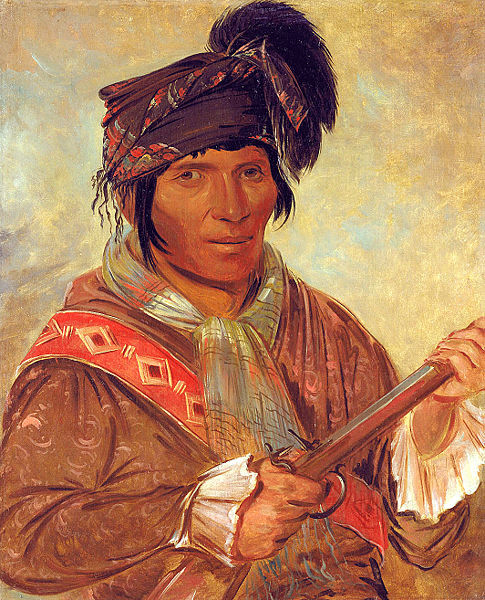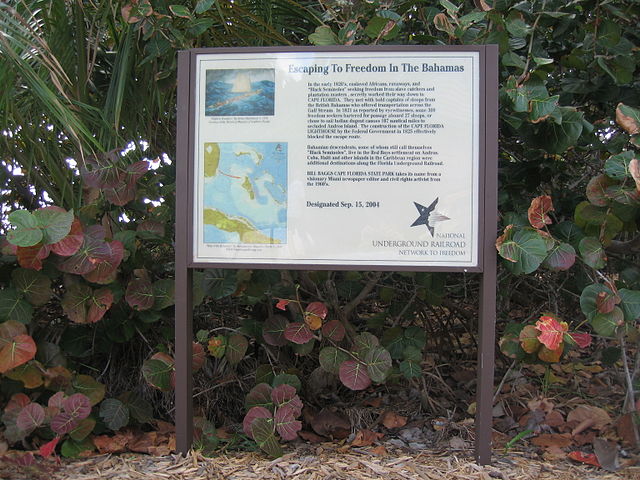The Black Seminoles, or Afro-Seminoles, are an ethnic group of mixed Native American and African origin associated with the Seminole people in Florida and Oklahoma. They are mostly blood descendants of the Seminole people, free Africans, and escaped former slaves, who allied with Seminole groups in Spanish Florida. Many have Seminole lineage, but due to the stigma of having mixed origin, they have all been categorized as slaves or freedmen in the past.
An Afro-Seminole elder smoking from a pipe (1952)
Abraham, a black Seminole leader, from N. Orr's engraving in The Origin, Progress, and Conclusion of the Florida War (1848) by John T. Sprague.
"An Indigenous town, residence of a chief", from Lithographs of Events in the Seminole War in Florida in 1835, published by Gray and James in 1837
Massacre of the Whites by the Native Americans and blacks in Florida, engraving by D.F. Blanchard for an 1836 account of the Dade Massacre at the outset of the Second Seminole War (1835–42).
The Seminole are a Native American people who developed in Florida in the 18th century. Today, they live in Oklahoma and Florida, and comprise three federally recognized tribes: the Seminole Nation of Oklahoma, the Seminole Tribe of Florida, and the Miccosukee Tribe of Indians of Florida, as well as independent groups. The Seminole people emerged in a process of ethnogenesis from various Native American groups who settled in Spanish Florida beginning in the early 1700s, most significantly northern Muscogee Creeks from what are now Georgia and Alabama.
A Seminole mother and her children from the Brighton Reservation in Florida. (1948)
Coeehajo, Chief, 1837, Smithsonian American Art Museum
Sign at Bill Baggs Cape Florida State Park commemorating hundreds of enslaved African Americans who in the early 1820s escaped from this area to freedom in the Bahamas.
Captain Francis Asbury Hendry (center, standing) poses with a group of Seminole Indians








